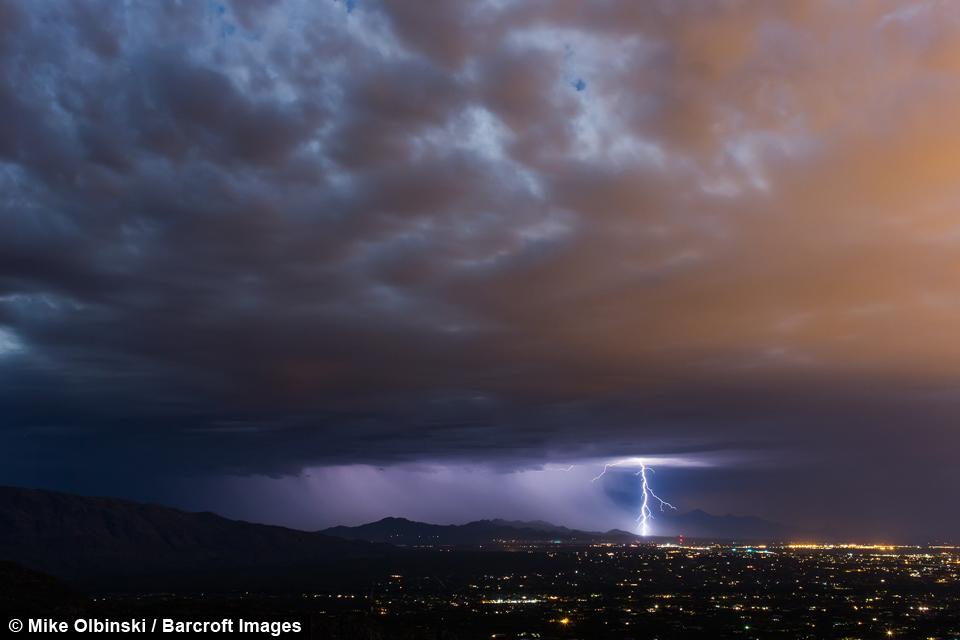Storm Chaser Captures Monsoons In Arizona
By Hannah Stevens @hannahshewans
Scroll down for the full story
Videographer / director: Mike Olbinski
Producer: Hannah Stevens, Nick Johnson
Editor: Ian Phillips
After years on the road the photographer has perfected his set up and takes every setback in his stride while he races to stay ahead of every storm.
Olbinski said: “I think my favourite part is just looking for storms that are unique and gorgeous that will open the eyes of people who see my work.
“It's hard to create something new when you've seen a million lightning strikes and countless dust storms but that's what is so fun about storms.
“Even when you think you have seen everything, nature surprises you.”
The North American monsoon season - occurring from July to mid-September - sees a significant increase in thunderstorms and rainfall over large areas of the south western United States.
Every storm has its own set of challenges but they all pose one common problem - finding the perfect composition
Power lines, mountains, roads and houses are all potential obstructions, so Mike often chooses to film from up high so that he can get a bird’s eye view of every landscape.
Each haunting timelapse can take anywhere between a few minutes and an hour and a half to film, but the travel is often the most taxing part.
The photographer said: “When I chase monsoons in Arizona, I usually end up back home every night or at some point.
“But when I’m chasing storms out in central USA, I’m gone for days, staying in random hotels and catching quick naps in my truck
“It can get lonely as I like to chase solo a lot, but it’s also something I love with all my heart.
“I never know where I’m going to be and when I’m out there myself it’s like I have no worries, no one to answer to, just me and the road.”
Despite filming amongst epic dust storms and facing down sheaths of rain, Olbinski has mostly avoided water damage to his extensive collection of equipment.
He said: “I don't protect my gear too much. Canon 5Ds are weather sealed, super strong and generally I don't do much to keep rain or dust out of them. I've had cameras blow over into mud and keep shooting.
“I’ve had them drenched in rain and they’re fine. Sat through an entire dust storm and not get spots on the sensor. Plus I get them cleaned and keep them clean myself, so I think that helps.
“Also I tend not to want water drops in my shots, so once the rain hits and gets on the lens, I tend to move quickly anyways!”







